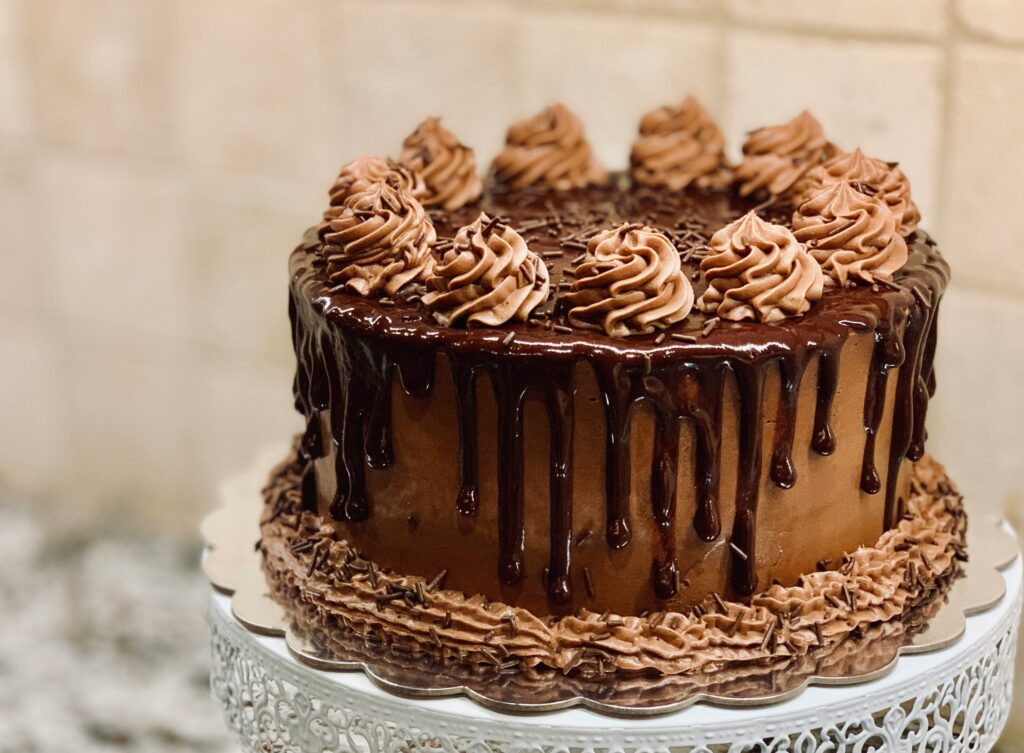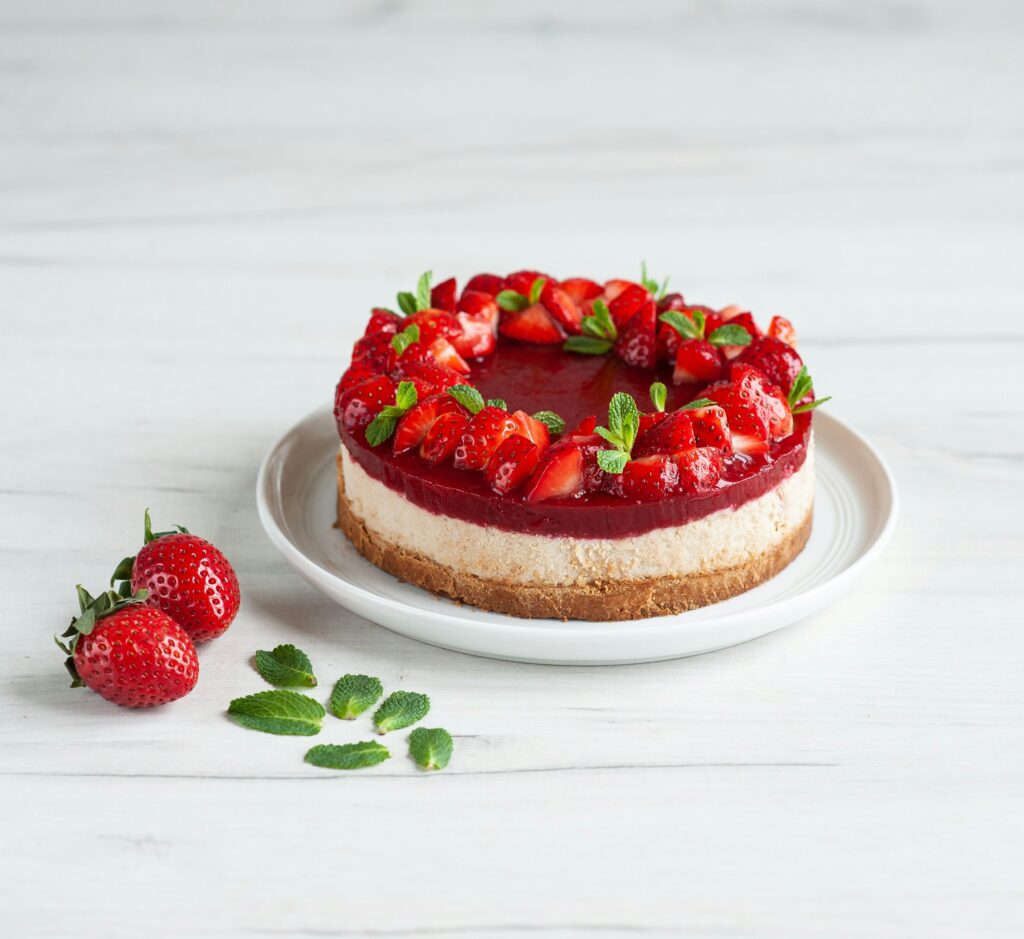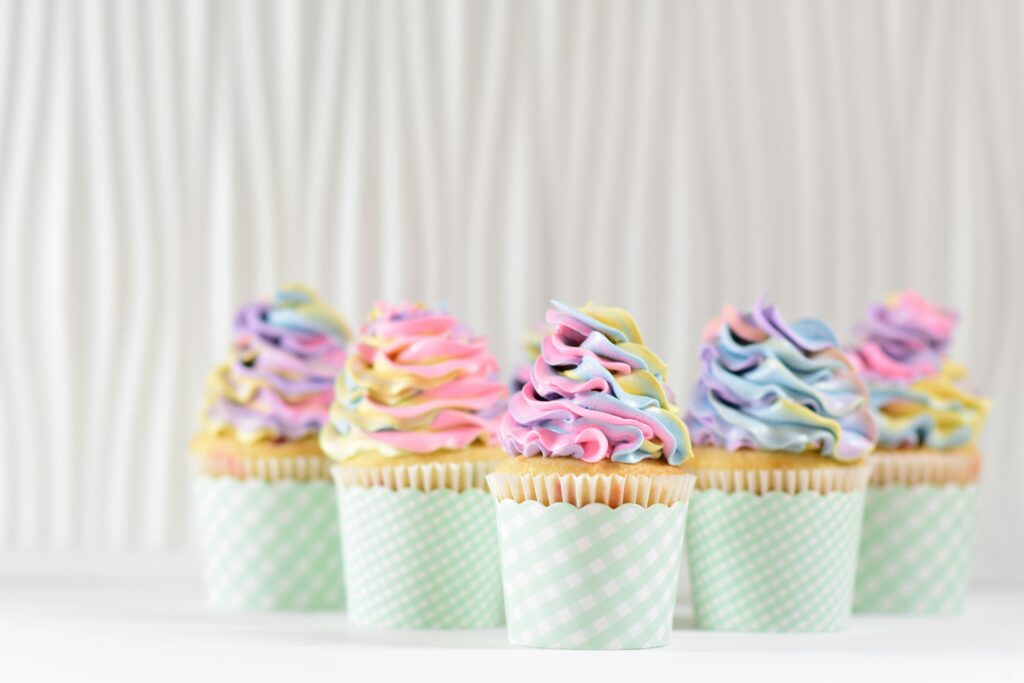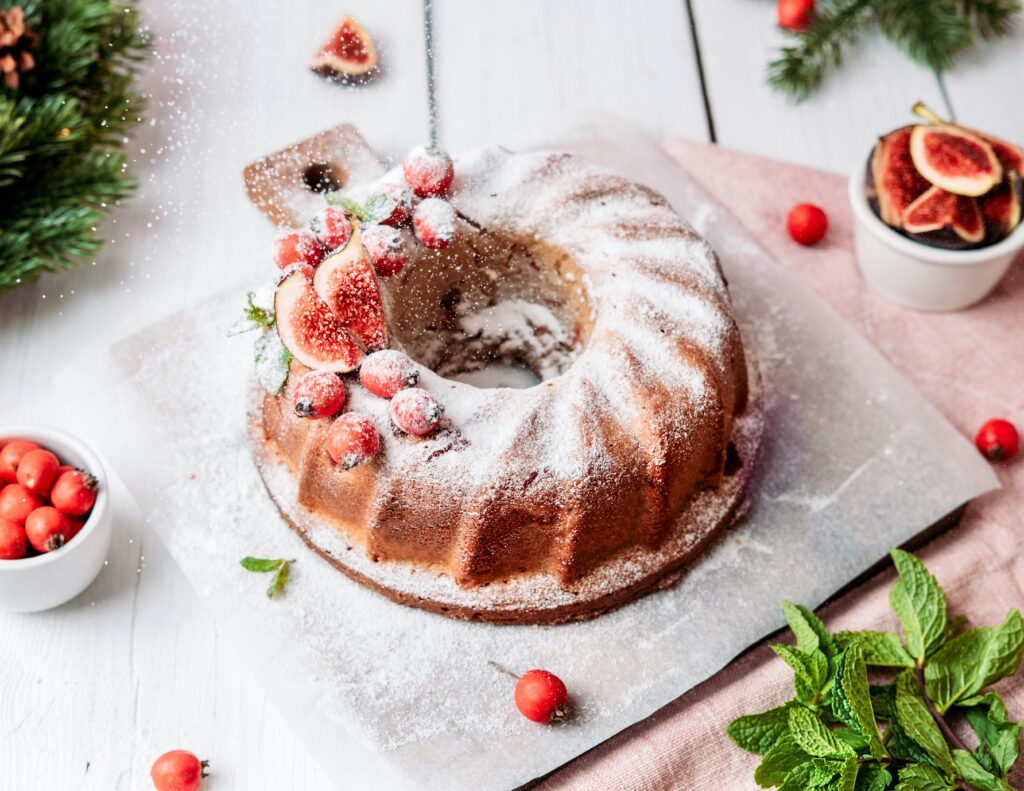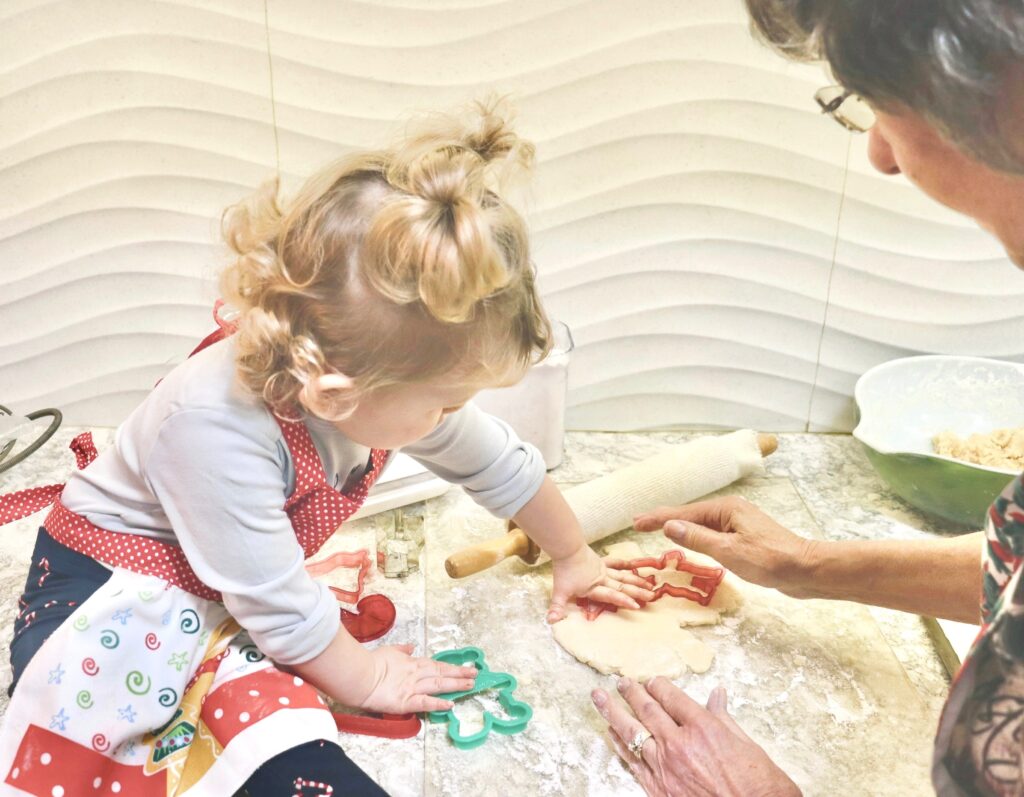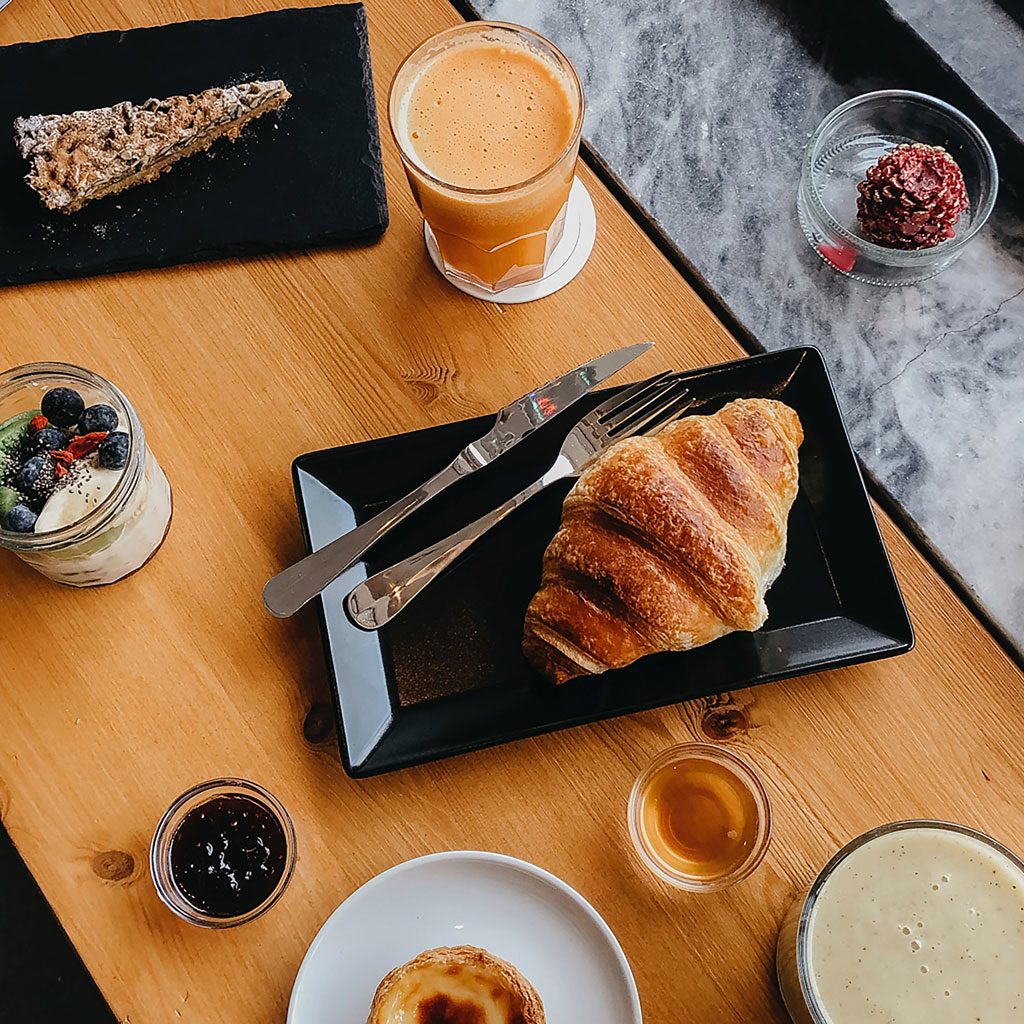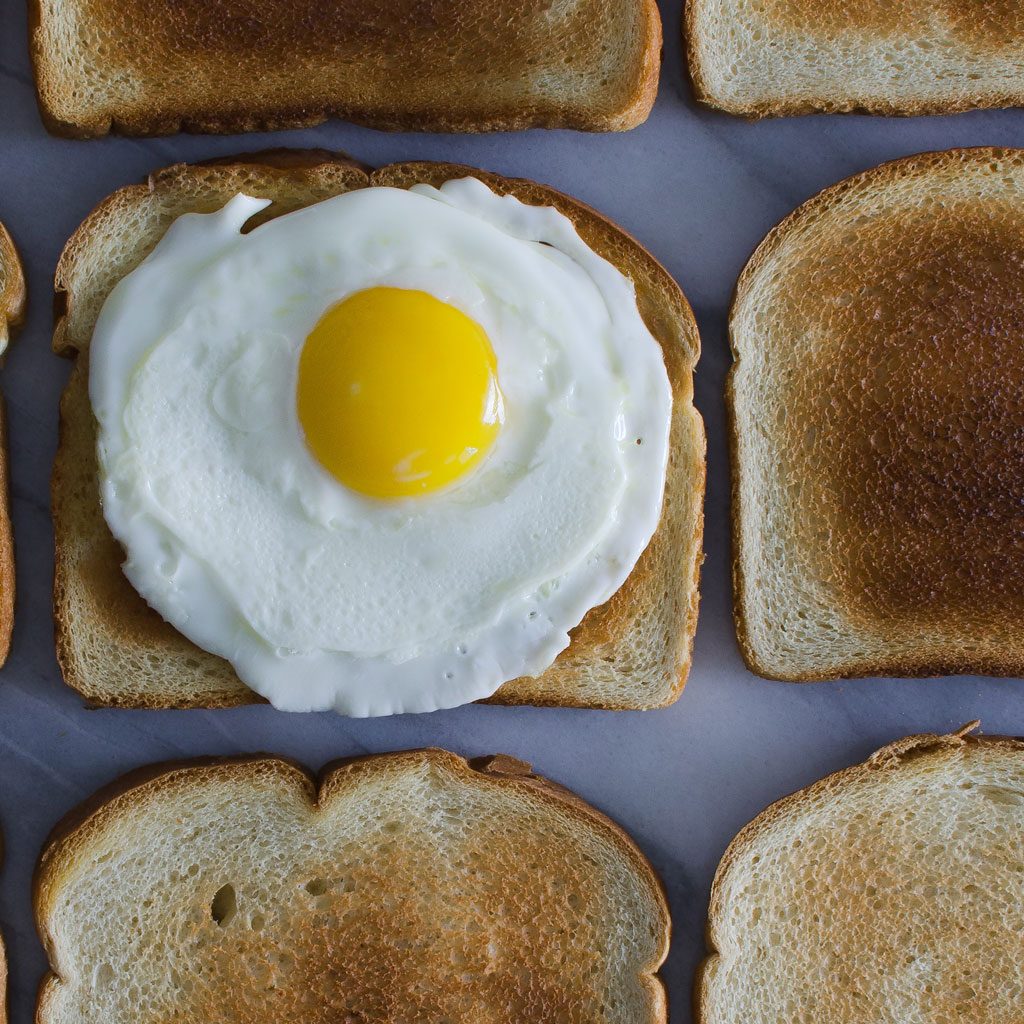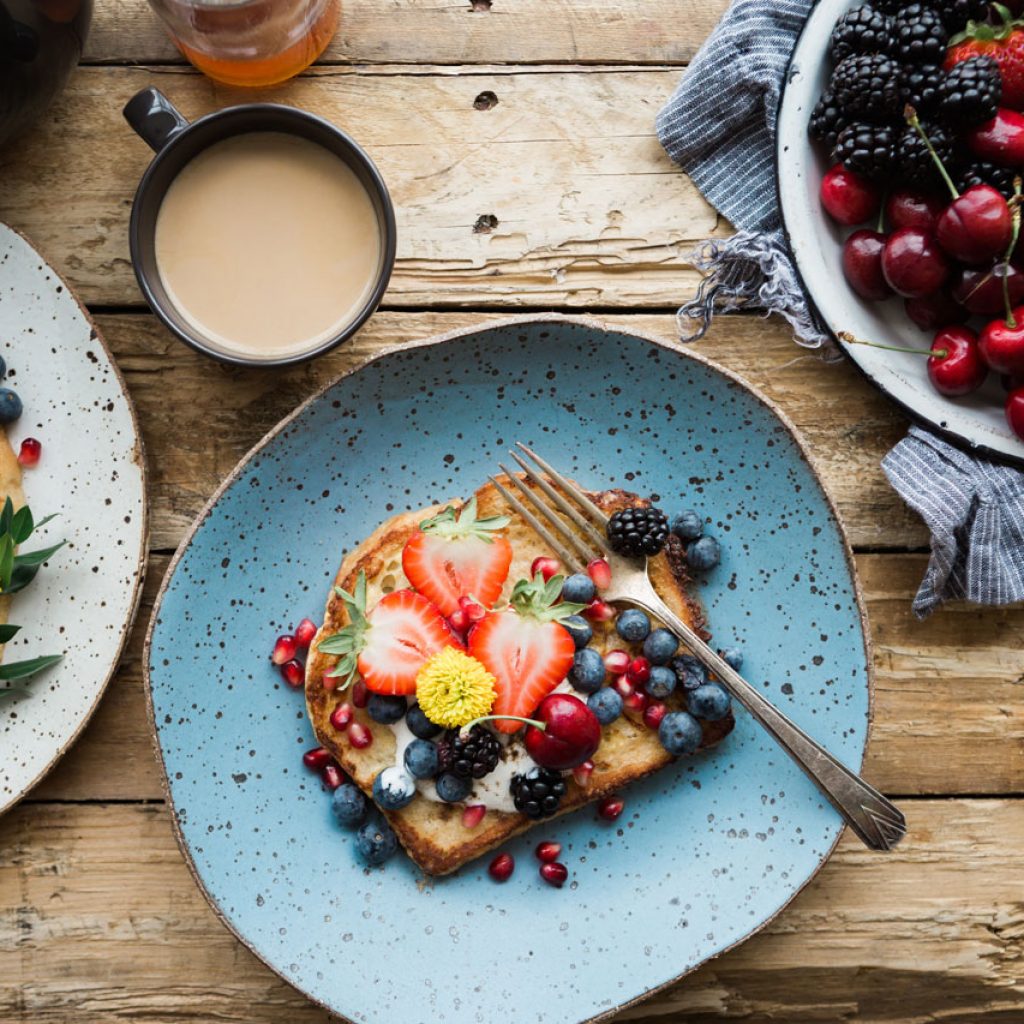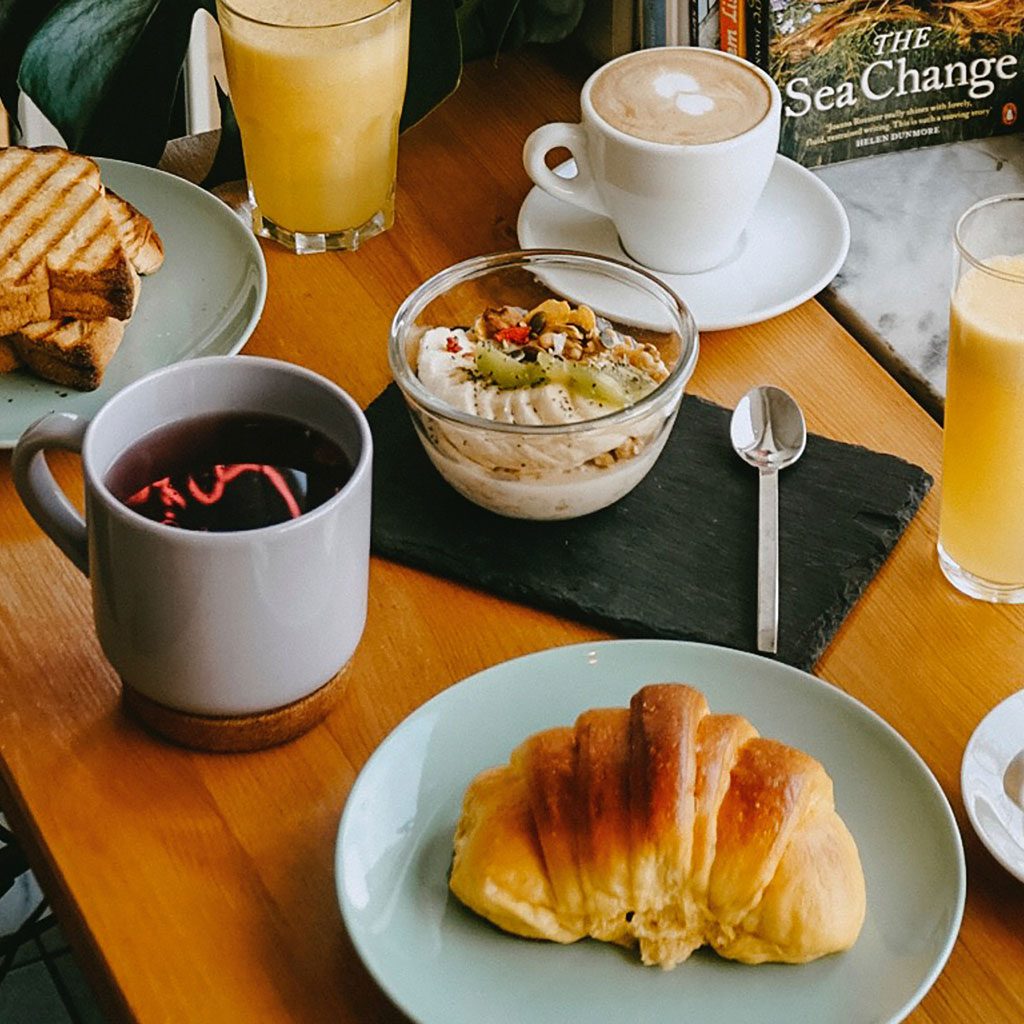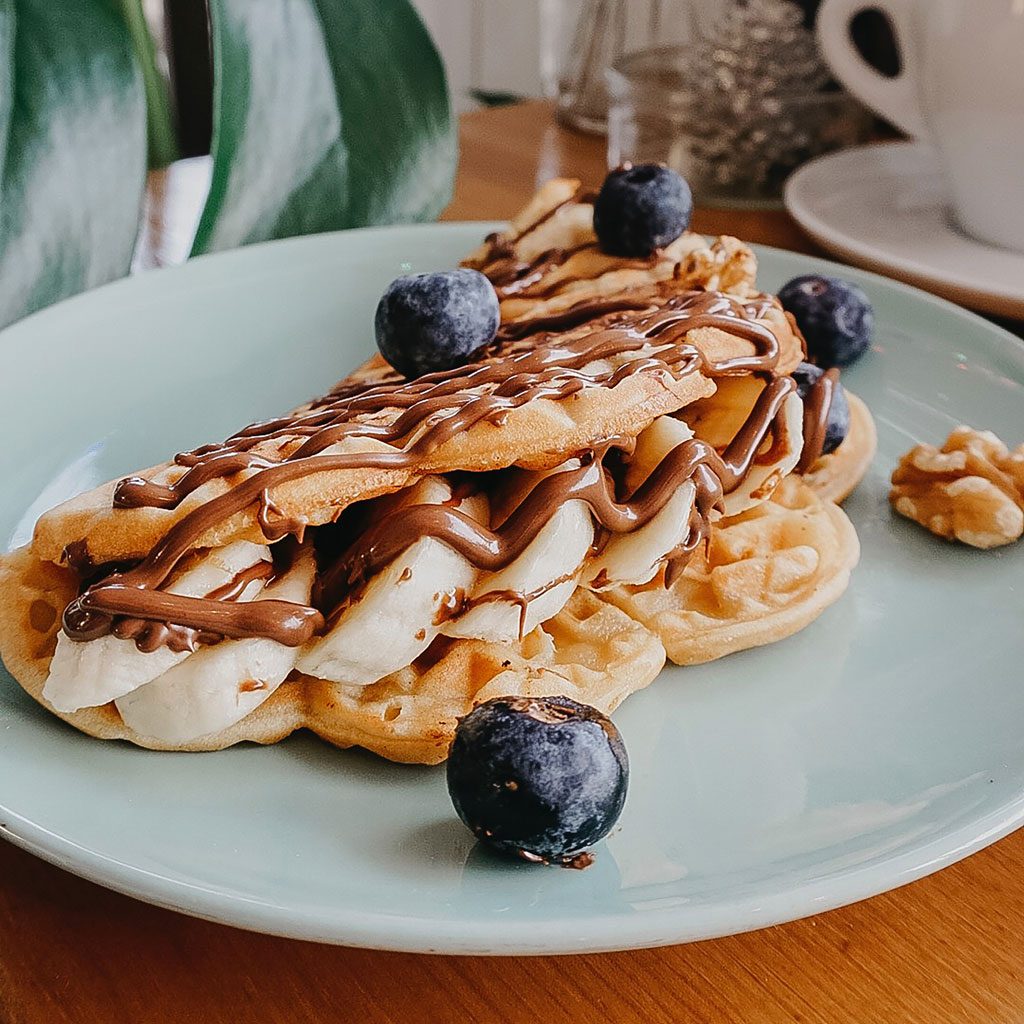Let’s face it, dry cake is unsatisfying and NEVER worth the calories.
Biting into a dry cake is like a breakup text in dessert form.
*Cue me cringing*
We’ve all been there. You bake a beautiful cake, followed the recipe word for word, and then… it’s dry. Crumbly and SO disappointing that even the frosting can’t save it.
But when you taste a moist, tender, bakery-style cake — the kind that melts in your mouth and makes people close their eyes after the first bite — it’s a whole different story. That kind of cake is the end goal, always.
So what’s the secret? Is it the ingredients? The technique? A pastry school diploma?
Luckily, you don’t need formal training to get bakery-level results. I’ve gathered the top tips from professional bakers (and my own years of trial and error) so you can bake cakes that stay moist, flavorful, and unforgettable.
Whether you’re baking a simple snack cake or a multi-tiered masterpiece, understanding how to lock in moisture will completely elevate your results.
Tip #1: Use the Right Fats (Yes, Plural)
Butter adds flavor. Oil adds moisture. The trick? Use both. Many professional bakers swear by combining the two to get the best of both worlds. Butter gives your cake a rich taste and creamy texture, while neutral oils like canola, vegetable, or even light olive oil help retain moisture for days after baking. A 50/50 ratio works beautifully in most classic cake recipes like vanilla, chocolate, or banana. This approach results in a cake that not only tastes indulgent but also stays soft even after refrigeration. If you’re making a dairy-free cake, you can achieve similar results using vegan butter and avocado oil. Don’t underestimate the impact of this one simple change—it can take a good cake to bakery-level great.
Tip #2: Don’t Skip the Sour Cream (Or Buttermilk)
This is a big one. Ingredients like sour cream, Greek yogurt, or buttermilk aren’t just add-ons—they’re game changers. They bring richness, tang, and that ultra-moist, velvety texture that’s hard to replicate with milk alone. These ingredients also introduce acidity, which reacts with baking soda to create a lighter crumb. Another bonus? Cakes made with these ingredients tend to stay soft and moist even after refrigeration—perfect for events, meal prep, or leftovers. If you’re baking vegan, coconut yogurt or cashew cream work beautifully in place of dairy. Powdered buttermilk is a great pantry staple to keep on hand and works wonders in a pinch. Just hydrate it when needed and blend it into your dry ingredients. Moisture plus structure equals a better bite every time.
Tip #3: Measure Your Flour the Right Way
This one changed everything for me. Too much flour is one of the sneakiest culprits behind dry cake, and it happens way more often than you’d think. Scooping straight from the bag or container compresses the flour, packing in more than you need and throwing off the balance of wet-to-dry ingredients. Instead, spoon the flour into your measuring cup and level it off with a knife. Or better yet, use a kitchen scale and measure by grams—professional bakers always do. This ensures every batch comes out consistently and keeps your cakes soft and balanced. A properly measured batter bakes more evenly and doesn’t dry out from excess absorbent ingredients. Trust me, once you get into the habit, you’ll notice a difference in texture almost immediately.
Tip #4: Don’t Overmix
Once you’ve added your flour, the clock starts ticking. Mix just until the batter is smooth and incorporated. Overmixing activates the gluten in flour, creating a tougher, more bread-like texture—not what you want in a tender cake. If you’re using a stand mixer, switch to low speed as soon as the dry ingredients go in, and stop mixing as soon as you no longer see streaks. Then, gently finish by folding with a silicone spatula. This helps preserve the air you’ve already incorporated and prevents deflating the batter. You want your cake to rise and stay light, not sink into dense disappointment. This tip is especially crucial for gluten-free and vegan cakes, where structure is already more delicate. Handle with care, and your cake will thank you.
Tip #5: Bake Low and Slow (and Evenly)
Most cakes bake beautifully at 325°F or 350°F, but even more important is how evenly they bake. Uneven baking leads to dry edges and undercooked centers—a classic home-baking frustration. Enter cake strips. These damp fabric bands wrap around your pans and slow down the baking process around the outer edge, giving the whole cake time to bake evenly.
The result? Flat tops, soft sides, and no crusty borders. I avoided them for years, thinking they were gimmicky—until I finally tried them and never looked back. Pair them with a good oven thermometer to ensure accuracy, and you’ll instantly see more consistent results. Better bake = better moisture retention.
Tip #6: Simple Syrup Is Your Secret Weapon
This blew my mind the first time I saw a pastry chef brush simple syrup onto cake layers. It seemed like such an extra step (and extra calories), but wow—what a difference it makes.
Professional bakers almost always use simple syrup to add moisture, especially in wedding cakes or celebration cakes that need to sit out or travel. The syrup doesn’t make the cake soggy—it just keeps each bite soft and luxurious. Make a quick batch by boiling equal parts sugar and water, then cooling it before brushing it lightly over each layer with a pastry brush. You can infuse it with vanilla, lemon zest, or even liqueurs to add subtle flavor depth. It’s a small step that feels fancy but couldn’t be easier.
Tip #7: Don’t Overbake — Test Early
Dry cake often comes down to one thing: it stayed in the oven just a little too long. Baking is a science, but your oven isn’t always as precise as the recipe assumes. That’s why it’s smart to start checking your cake 5 minutes before the timer says. Use the press test—gently press the center of the cake. If it springs back, it’s close. Then do the toothpick test: you want a few moist crumbs, not wet batter.
Keep in mind that cakes continue cooking a little as they cool in the pan, so pulling them out at the perfect time ensures the crumb stays soft. Investing in a reliable oven thermometer and cake tester will help you stay ahead of the game. And remember, it’s better to check too early than too late.
Bonus Tip: Wrap and Chill for Next-Day Moisture
Here’s a tip pastry chefs know but rarely say out loud: cakes taste better the next day. Once fully cooled, tightly wrap your cake in plastic wrap and refrigerate it overnight. The chilling process allows moisture to redistribute evenly through the crumb, giving you that dense, melt-in-your-mouth bakery texture. This is especially helpful for layered or decorated cakes that need to be made in advance.
Just remember to bring your cake to room temperature before serving. Cold cake dulls the flavor and firms up the crumb—but once it warms up, all that luscious softness returns. This trick is simple, effective, and turns your cake into an even more impressive treat with almost no extra effort.
Moist cakes aren’t just luck — they’re the result of small, smart baking choices that stack up to something amazing.
Once you know what to look for and how to tweak your process, you’ll never settle for dry cake again.
These tricks take a few extra minutes but the results are more than worth it.
Happy baking!

